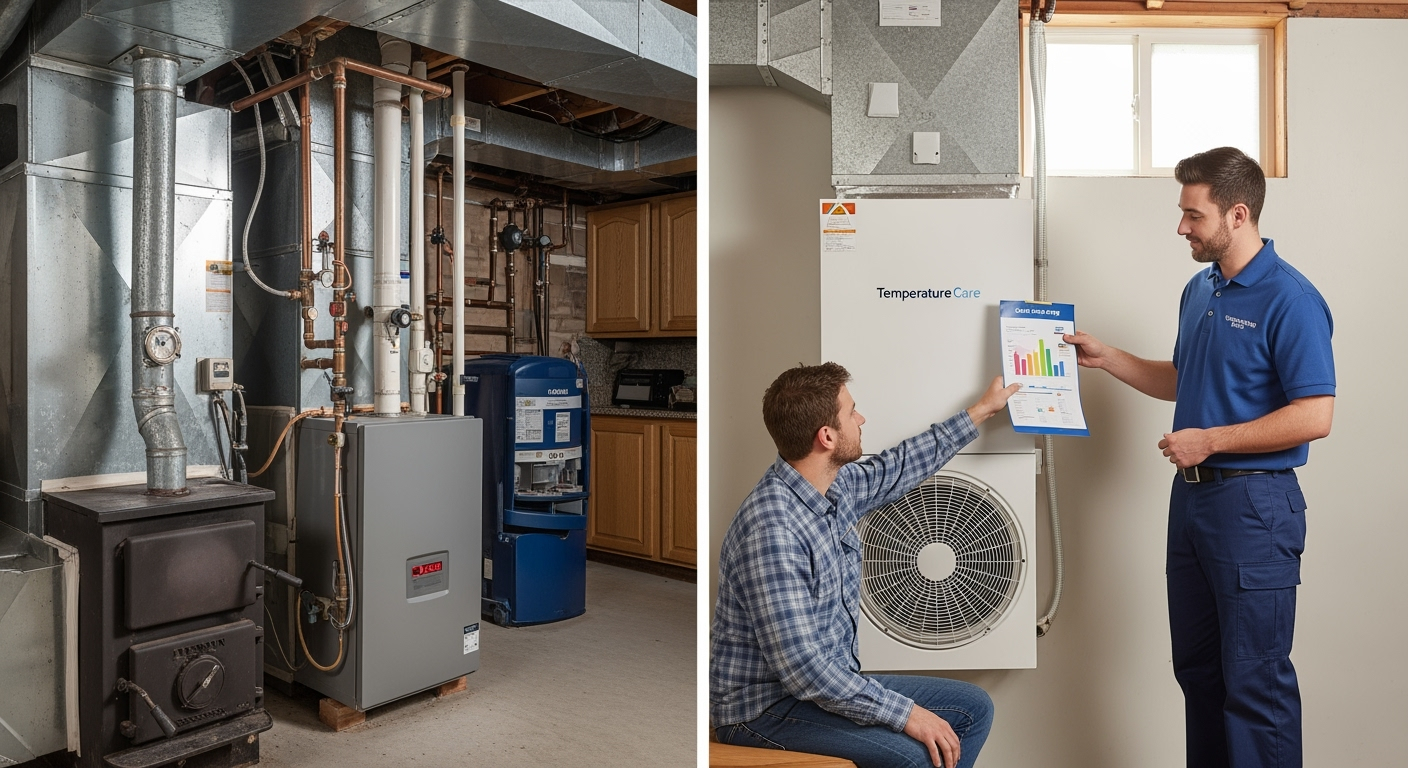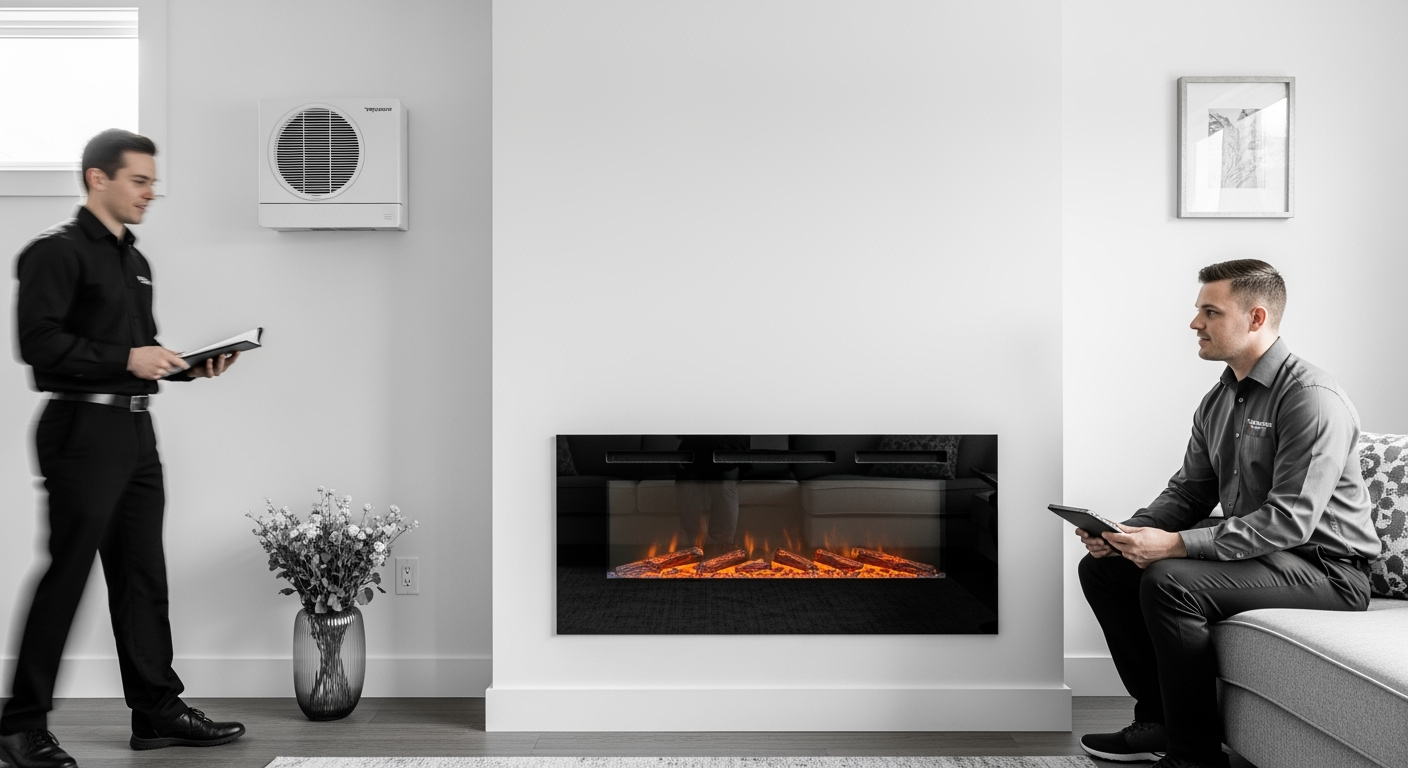The fan of your furnace blower is designed to force heated air throughout the duct system in a regular direction, taking full advantage of your heating system. It may be expensive and uncomfortable if the blower doesn\’t start up with the furnace or if it keeps running even after the heat source has been turned off.
Motors are an essential component of this unit and one of the most common issues that homeowners have is with the furnace blower motor. Since a variable-speed blower motor is continually working to move air, it significantly affects the system\’s overall efficiency.
Over time, ignoring a blower motor repair will make the issue worse and more costly; it may cause other system components to overheat or the whole furnace to fail. We have put up a list of troubleshooting techniques that can be used to fix your furnace blower to assist you in getting your system back up and running.
Troubleshooting the furnace blower
A furnace blower motor is a kind of electric blower that rotates the fan blades with the help of a belt. This motor cooperates with your furnace to circulate heated air around your house throughout the winter.
The speed at which your furnace can heat depends on the blower motor. Your heating system will operate longer than required if it takes too slow to heat up, resulting in higher-than-necessary energy costs. A blower motor also aids in redistributing the heated or cooled air around the home by drawing cool air into the vents and expelling warm air from the outlets.
The life expectancy of a blower motor is the same as that of your furnace, ranging from 10 to 20 years. As with any HVAC system, the longevity of your equipment and the frequency of repairs are positively impacted by regular maintenance and servicing performed by trained HVAC professionals.
To get your furnace working again, just follow these basic troubleshooting instructions.
- Working intermittently
Occasionally, furnace blowers work intermittently, meaning they operate normally at times but cease functioning totally at others. When this occurs, the blower motor or another component of your furnace that regulates it is often at fault. Several issues might arise, such as a lack of voltage, a damaged wire, a filthy filter, a bad limit switch, or a weak capacitor.
You may clean the wire coils on the blower motor and use a multimeter to test your limit switch. Verify that neither the power cable nor the fuse has melted or blown. If your cords seem in good condition, consider disconnecting the fan for a few minutes and then reconnecting it. This procedure will sometimes reset the motor and fix issues with your furnace. If it doesn\’t fix the problem, you may need a new motor for your furnace blower.
- Making a scraping or screeching noise
Furnace blowers are designed to operate efficiently and remain lubricated for a long time. A grinding or screaming noise from your furnace blower might indicate that the gears within the unit have worn out due to the motor bearings.
- The furnace stops working
If your furnace stops operating, check that your thermostat is properly set and functioning. The thermostat setting should never be lower than the room temperature; it must always be higher. Then check to verify whether the fan is functioning. The thermostat is inoperable without the fan.
But sometimes, your thermostat may break down, age out, or be erroneously adjusted, necessitating a manual override. Change the thermostat setting to \”on.\” This setting will force the fan to run continuously. If turning the thermostat control to \”on\” has no effect, try changing the batteries or adjusting the temperature settings to 3-5 degrees above the room\’s current temperature. If your furnace blowers are not working, you should contact a repair expert immediately.
- The furnace shuts off after a few hours
Sometimes, the heating system may display stop signals when the problem is anything other than the blower motor itself, such as an overheated limit switch or an overworked capacitor. When this happens, instead of experiencing occasional problems throughout the day, your furnace will cease functioning after a maximum of several hours of operation.
This might be brought on by an excessive accumulation of dust particles within the blower assembly, which prevents adequate airflow and causes overheating. The blower assembly should be cleaned using compressed air if overheating is suspected.
- Burning smell
Odors that are out of the ordinary, especially those that smell like burning, may indicate a problem with the blower assembly or the motor. Check to see any apparent evidence of damage to avoid future difficulties. Ensure that you clean your furnace blower periodically and replace filters as necessary.
Since blower motors are intended to move air, they will not operate without air. If the blower seems to be struggling, examine the filters and vents nearby. In some instances, replacing the furnace blower motor is sufficient to eliminate the burning odor. At the same time, it may be required to repair additional components, depending on the source of the problem.
- The blower motor doesn’t turn on
A faulty capacitor likely is to cause your furnace ineffectiveness if the blower motor is humming and the lights are on, but nothing is occurring. Blower motors use a great deal of energy since they are powerful and heavy technological components.
Therefore, a capacitor is still required for your furnace to store and discharge the 400+ volts it requires to operate, even if it is connected to a 240-volt outlet. A broken capacitor might be the cause of your furnace blower motor not turning on or buzzing.
Conclusion
If your furnace is producing weird sounds or malfunctioning for unknown reasons, the blower motor may be to cause. There will be a greater likelihood of the motor failing fast if it is not maintained correctly. When that time comes, it will be necessary to replace it. Also, age affects many maintenance and replacement decisions. Check the warning indicators and contact a professional if your furnace blower isn\’t functioning correctly.
 905-780 3262
905-780 3262

